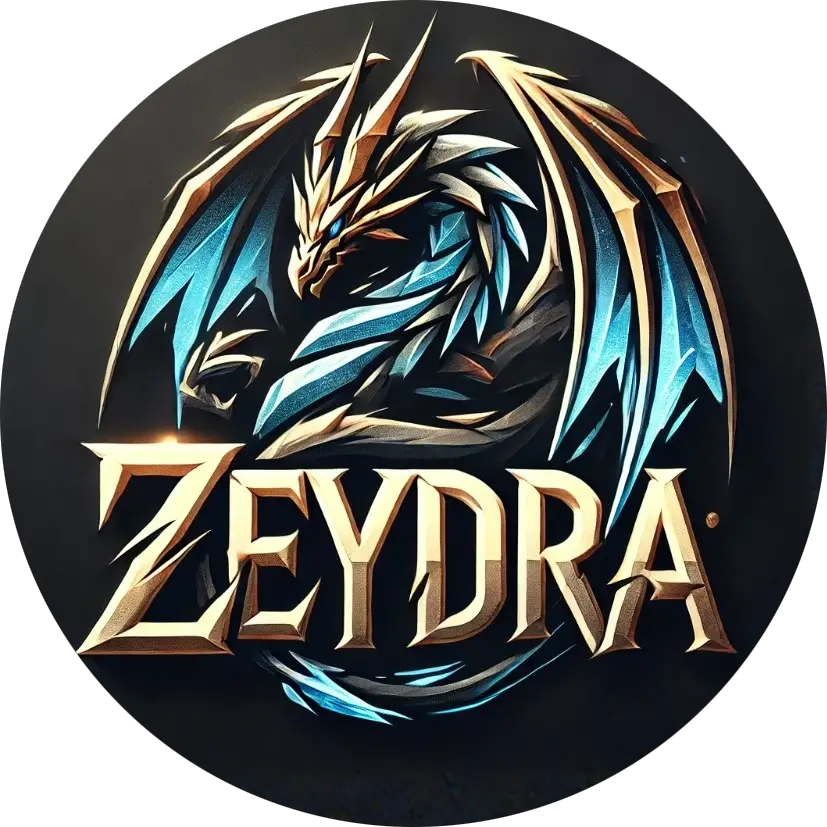
The Birth of Minecraft
Started by Admin
Introduction
Minecraft is one of the most influential and best-selling video games of all time, but its journey from a small indie project to a global phenomenon is a fascinating story of creativity, community, and innovation. From its humble beginnings in 2009 to its official release in 2011 and its rise to cultural dominance, Minecraft's history is a testament to the power of sandbox gaming and player-driven experiences.
In this blog, we’ll explore how Minecraft was created, its early development, the official release, and its lasting impact on the gaming industry.
1. The Origins: Markus "Notch" Persson and the Birth of an Idea
Who is Markus "Notch" Persson?
Minecraft was created by Markus Persson, better known as Notch, a Swedish programmer with a passion for game development. Before Minecraft, Notch worked in the game industry as a developer at King (the creators of Candy Crush) and later started experimenting with his own indie game projects.
Inspiration Behind Minecraft
Minecraft was heavily inspired by games like:
- Infiniminer (2009) – A block-based mining game that introduced the idea of voxel worlds.
- Dwarf Fortress (2006) – A complex survival and simulation game with deep mechanics.
- Dungeon Keeper (1997) – A game that encouraged world-building and management.
Notch wanted to create an open-ended game where players could mine resources, build structures, and survive in an infinite world, leading to the birth of Minecraft in early 2009.
2. The Early Development & First Playable Versions (2009-2010)
The First Ever Minecraft Version
The first version of Minecraft, called "Cave Game", was developed in May 2009. It was extremely simple, featuring only:


Alpha & Beta Phases
Notch continued improving the game, adding:
- Survival mechanics (monsters, health, and hunger)
- Multiplayer support
- Crafting system
- Biomes and world generation improvements
By June 2010, Minecraft had entered beta testing, attracting thousands of players who bought the game in its unfinished state to support development.
3. The Official Release: Minecraft 1.0 (November 18, 2011)
MineCon 2011 & The Full Launch
After two years of development, Minecraft was officially released on November 18, 2011, during MineCon 2011, a special event in Las Vegas.
With the official Minecraft 1.0 release, the game now had:




The launch was a massive success, and Minecraft quickly became a best-seller.
4. Minecraft’s Rise to Global Popularity (2012-2014)
Millions of Players & YouTube's Influence
Between 2012 and 2014, Minecraft's popularity skyrocketed due to:
- YouTube content creators like PewDiePie, CaptainSparklez, and DanTDM showcasing the game.
- The rise of multiplayer servers, including Hypixel and Mineplex.
- Mods and texture packs, which allowed endless customization.
By 2013, Minecraft had sold over 10 million copies, making it one of the most successful indie games in history.
Microsoft’s $2.5 Billion Acquisition (2014)
In September 2014, Microsoft bought Minecraft for $2.5 billion, acquiring Mojang Studios. This move sparked mixed reactions, but it ensured the game’s continued development with regular updates, console ports, and cross-platform support.
5. The Legacy of Minecraft (2015-Present)
Minecraft’s Continued Evolution
Even after a decade, Minecraft continues to evolve with major updates like:
- The Aquatic Update (2018) – Revamped oceans with new mobs and treasures.
- The Nether Update (2020) – Improved Nether biomes and Piglins.
- The Caves & Cliffs Update (2021) – Expanded world height and deeper cave exploration.
- The Trails & Tales Update (2023) – Archaeology, camels, and more customization options.
Minecraft in Education & Beyond
- Minecraft: Education Edition is used in schools to teach subjects like programming and history.
- Minecraft Earth (2019-2021) brought Minecraft to augmented reality.
- Minecraft Dungeons (2020) introduced a new action-RPG experience.
Conclusion: A Timeless Game
From its small indie beginnings to becoming the best-selling game of all time (with over 300 million copies sold), Minecraft’s journey is nothing short of incredible. Its open-ended gameplay, strong community, and constant updates ensure that it remains as popular today as it was over a decade ago.
What’s your favorite Minecraft memory? Let us know in the comments!
